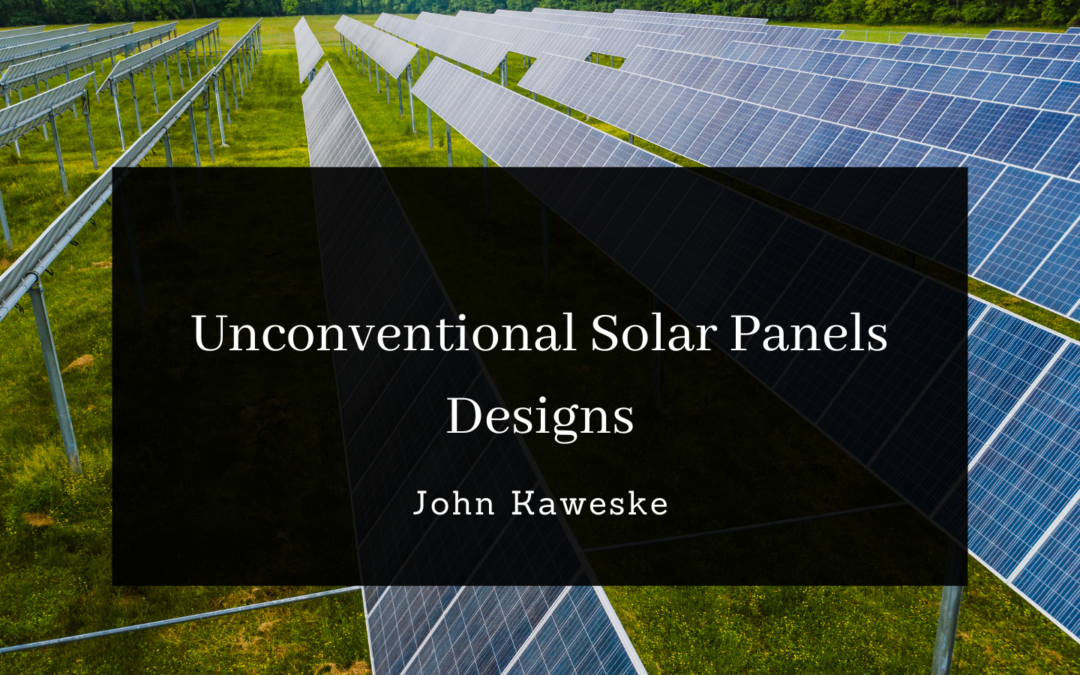One type of photovoltaic cell is known as monocrystalline. It is more expensive, but it’s also more efficient. The other type is known as polycrystalline. These are cheaper and, as a result, less efficient. There is also a third type of solar panel known as a thin film, which is promising but doesn’t perform as well as it should.
Some products utilize these technologies in various ways, offering both function and visual appeal. Here are some that have caught my eye over the past few years.
Dragonscale solar shingles
The design for Google’s buildings was featured in a variety of media outlets, including a blog post by the company. It was created by SunStyle, a Swiss company. The company’s glass shingles are designed to reflect and capture light and are both fire and water-resistant.
Dye-sensitized solar cells (DSCs)
DSCs, which are also known as dye-sensitized solar cells, have been around for a long time. Unfortunately, their ability to be scaled down due to light limitations and stability concerns has been a major issue. A recent breakthrough by a group of scientists in Switzerland could make this technology widely used in various applications.
The scientists were able to develop a way to harvest light from natural and artificial sources, a process similar to photosynthesis. This led to dye-sensitized solar windows in the SwissTech Convention center. Despite their efficiency, DSSCs are still promising.
SKALA
In addition to the roof and open fields, we can also utilize the walls of our homes to install solar panels. AVANCIS, which is a German company that specializes in the production of thin-film photovoltaic panels, has created SKALA, a BIPV system that’s designed for facades.
A SKALA building offers a wide range of solar engagement and is an ideal renewable energy option. It’s currently being used in various countries.
Flexible monocrystalline solar panel
Renogy has created a variety of flexible solar panels that are ideal for a wide range of applications. These panels can be used for a variety of different needs, such as powering boats and campers. These panels are incredibly lightweight and can be stored easily.
These panels are easy to install and can be molded to fit various non-flat surfaces. They’re also weather-resistant and are significantly less intrusive than standard solar panels.
Solar roof tiles
In 2017, Elon Musk announced that Tesla would be producing a new type of solar roof tile. Unfortunately, the rollout of this product could have been faster. Despite the slow start, several companies have started to step up and provide the market with a new solar roof tile. Although it’s still very expensive to install, solar roof tiles are an incredibly versatile product that can help provide a home with a steady energy supply.

